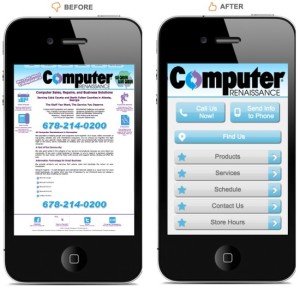Video advertising is poised to explode in 2014. The medium is gaining momentum across the board, and advertisers are jumping in head first.
Interested in video? Here are ten facts you should know.
- Video was the fastest-growing ad format in 2012.
- 90% of users say that seeing a video about a product is helpful in the decision process.
- 80% of users recall a video ad they’ve seen within the last 30 days.
- Video viewers retain 95% of a message, compared to 10% when reading it in text.
- Americans watched a total of almost 50 billion video ads in October 2013
- eMarketer found that businesses are pulling money from traditional budgets in order to allocate more to online video.
- You can target online audiences the same ways you target with your normal display advertising.
- One-third of all time spent online is watching video.
- More online video has been uploaded in the last 30 days than all three major T.V. networks combined have created in the last 30 years.
- According to NPD, mobile and tablet shoppers are three times as likely to view a video as laptop or desktop visitors.
Video advertising is the ability to repurpose your T.V. commercials for the Internet. Imagine being able to show your T.V. ad only to people who were in market for a car? With online video advertising that’s a reality.
We can take your video and put it in front of people who’ve been researching for a car online, and even to those who’ve visited your website.
Take it to the next level for 2014. Get started with some video pre-roll advertising for your business.









